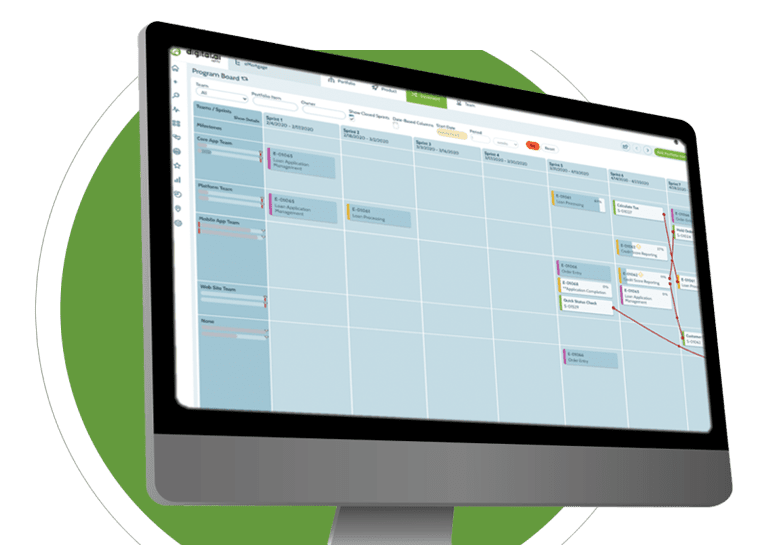Key Features
- Eliminate delays by automating application delivery across cloud, on-prem, and hybrid environments. This ensures faster, repeatable deployments and allows engineering teams to push code to production more frequently and with greater confidence
- Leverage standardized workflows to enforce common best practices across teams. This reduces variability throughout the SDLC and ensures that releases efficiently meet quality expectations
- Automating manual deployment tasks frees up engineering capacity, enabling teams to focus on high-impact work. This boosts productivity, shortens feedback loops, and empowers faster iteration-key factors in maintaining rapid delivery cycles
- Built for speed and scale, the platform handles massive deployment volumes while maintaining consistency and control. Engineering teams can iterate faster, reduce cycle times, and get features to customers sooner
- Implement 1000s of simultaneous deployments across enterprises while standardizing workflows, automating handoffs, and enforcing governance at scale-ensuring rapid delivery
- Maintain velocity while meeting the strict demands of regulated industries. The result: faster releases backed by enterprise-level reliability, compliance, and performance. This is why we are used by over half of Fortune 100 companies
- Implement 100+ built in metrics and persona-based dashboards to ensure that the right KPIs are assigned, tracked, and easy for stakeholders to follow as application delivery becomes streamlined
- Review metrics to assess velocity and performance-such as release frequency, lead time, and incident recovery. This allows leaders to quickly spot inefficiencies, align team performance with business goals, and take proactive steps to remove bottlenecks
- With a centralized view of release status, dependencies, and risk across cloud, on-prem, and hybrid environments, collaboration, communication, and efficiency are improved as efficiency benchmarks are maintained

